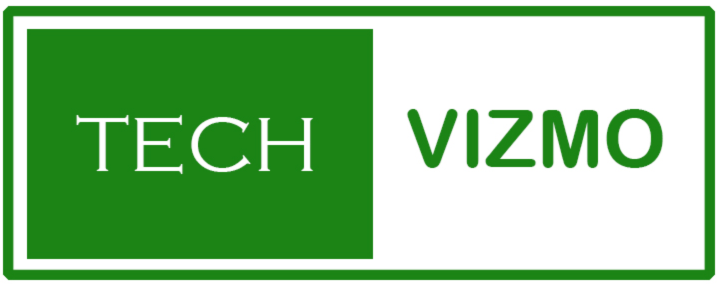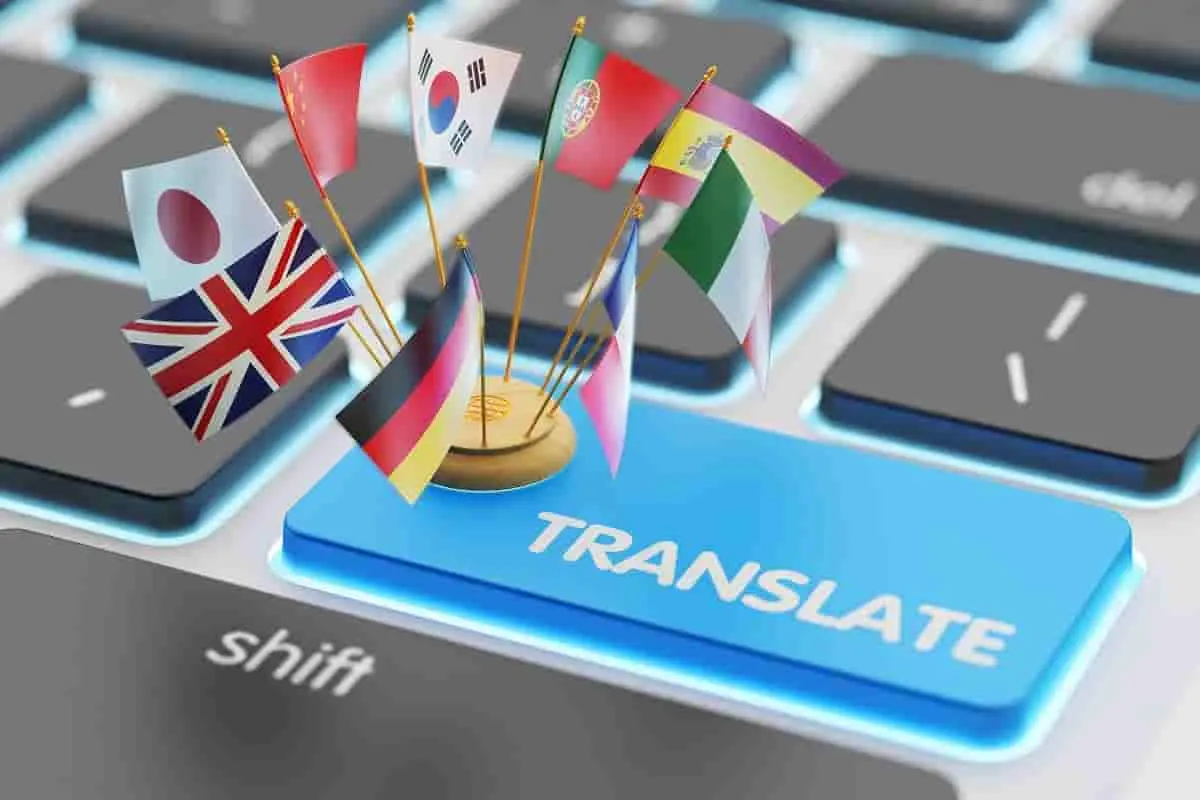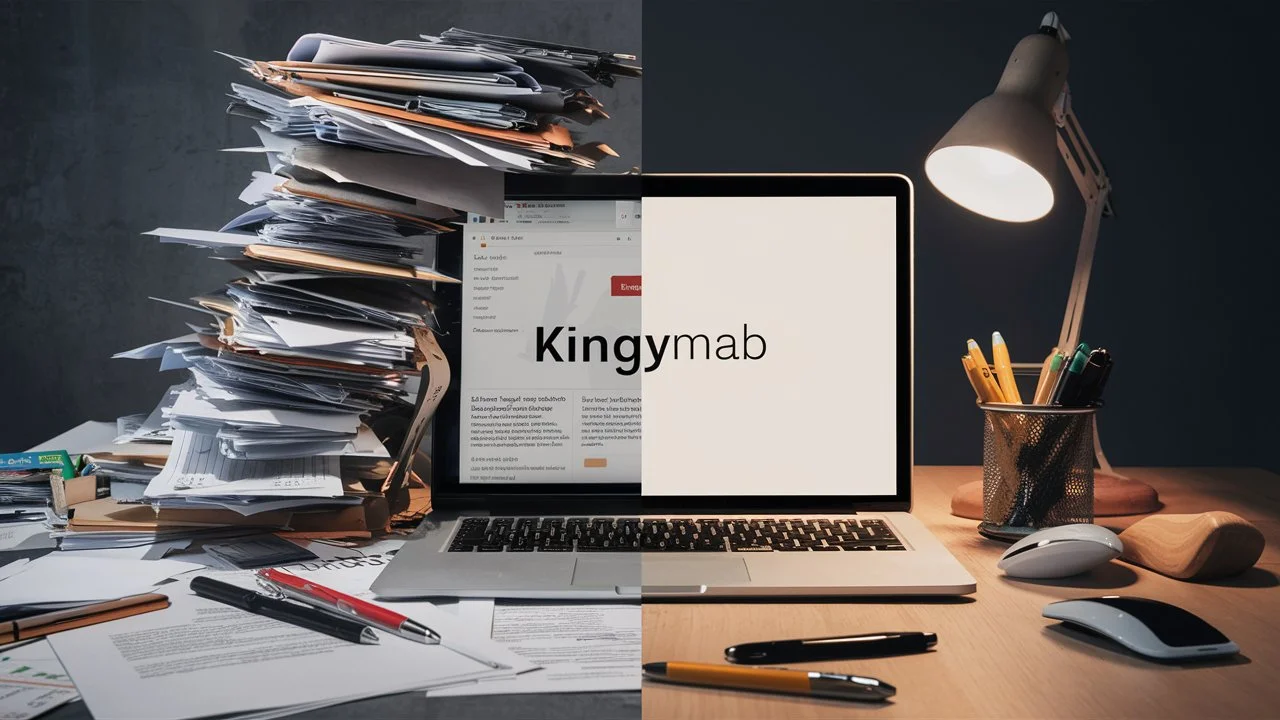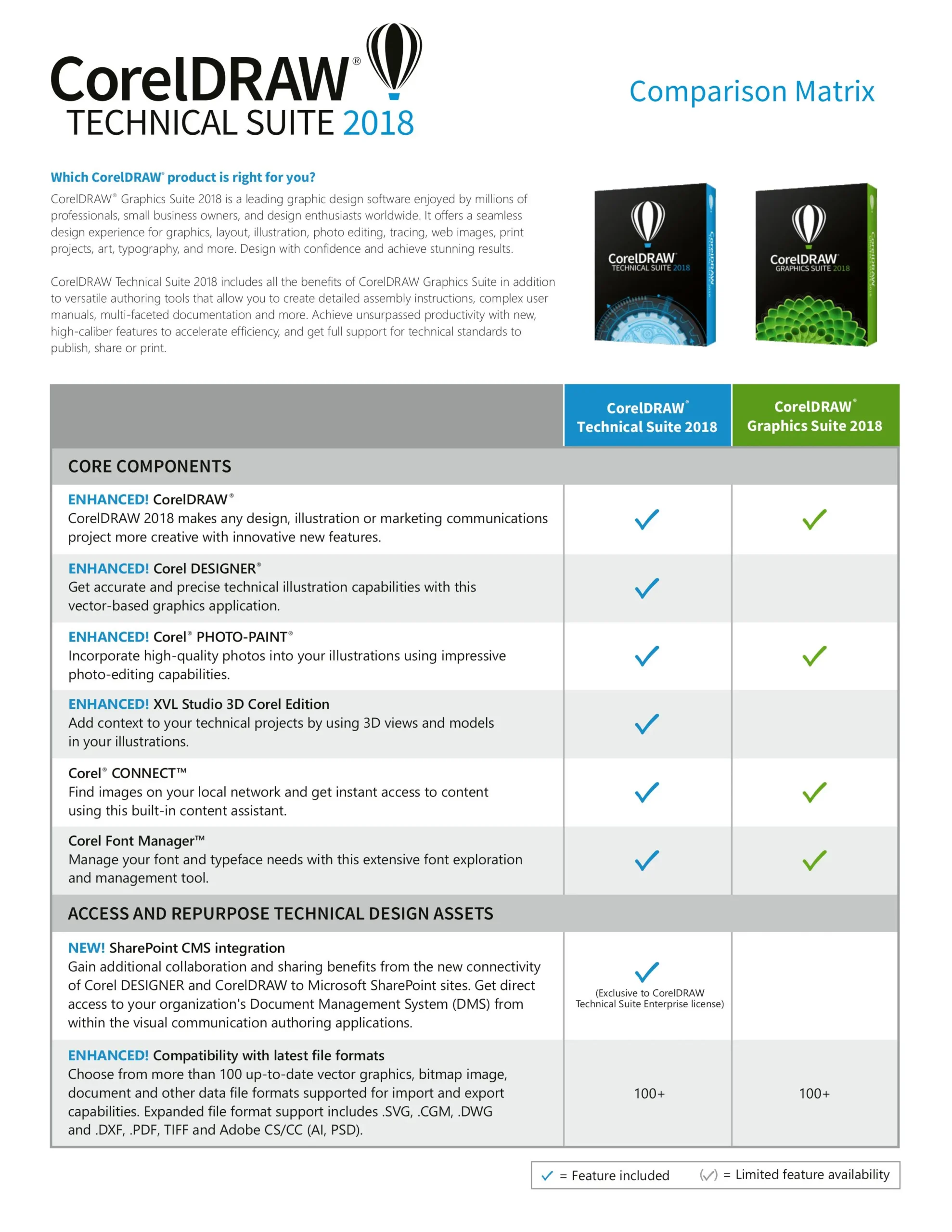The art of translation is a profound skill woven into the fabric of global communication. Whether you are a seasoned professional translator or a budding linguist, striving for mastery in translation is not just about converting words from one language to another—it’s a meticulous craft of preserving the original text’s message, tone, and cultural essence. “Преводеч” signifies more than just a word; it represents a phenomenon, a phenomenon of translation that encapsulates precision, efficiency, and an inextricable link between languages and the people who speak them.
Unraveling the enigma of “Преводеч,” this guide presents ten indispensable tips that will elevate your translation prowess. Each tip is designed to immerse you in the fascinating world of translation, providing actionable strategies that can be the bedrock of your linguistic excellence. From cultural sensitivity to cutting-edge technology, we’ll traverse the multifaceted path of becoming a standout translator, interpreter, or multilingual content creator.
1. Understanding the Core of Language
Grasping Nuances and Colloquialisms
Translation is an art as much as a study of cultural intricacies. To truly embody a text’s essence, one must be attuned to the subtleties that can’t be found in dictionaries.
Cultural Immersion Through Media and Conversation
Immerse yourself in the languages you work with. Read newspapers, novels, and short stories in the original language. Engage in conversations or join language exchange programs. The goal is to understand idiomatic expressions and the fluidity of spoken language that formal texts may not convey.
The Subtle Dance of Syntax and Grammar
An in-depth understanding of the structure and rules of languages is non-negotiable for a translator. Grammar, syntax, and sentence construction dictate the flow of the narrative. Regular review and self-practice in these areas will enhance your translation clarity and precision.
2. Leveraging Technology in Translation
Utilizing Translation Software Wisely
In today’s digital age, translation software can be both a boon and a bane. The key is to use it as a tool, not a crutch.
The Art of Balancing Automation and Personalization
Familiarize yourself with popular translation software like CAT (Computer-Assisted Translation) tools. These tools can speed up the process and maintain consistency but should not replace thoughtful translation that considers context and culture.

Enhancing Accuracy with Language Apps Преводеч
Apps like Duolingo, Babbel, Kääbntäjä, PrekldačA, Oprekladač or Rosetta Stone are not just for beginners. Consistent use of language apps can reinforce vocabulary, grammar, and even listening skills—critical components for a well-rounded translator.
3. Specialization Is Key
Choosing Your Niche
Specialization is what sets the masters apart from the novices. A specialized translator is a sought-after professional.
Following Your Passion with Purpose
Choosing a translation niche should blend what you enjoy, what has demand, and what you’re proficient at. Whether it’s legal jargon or medical terms, your passion for a subject can fuel the dedication needed to excel.
The Path to Expertise Преводеч
Once you have chosen a niche, become an insatiable learner. Stay updated with industry-specific material, attend conferences, and participate in forums and discussions relevant to your specialty.
4. Cultural Competence and Sensitivity
Understanding Cultural Contexts
Culture is intertwined with every language. To translate accurately is to understand the context in which the text was written.
Bridging Across Cultures
Travel, literature, and documentaries can help broaden your cultural horizons. Beyond words, a good translator translates culture, which requires understanding the people and their environment.
Navigating the Minefield of Faux Pas Преводеч
Cultural insensitivity can lead to mistranslations that are, at best, humorous and, at worst, offensive. Researching cultural practices and historical references within a text is a non-negotiable step in the translation process.
5. Practice and Feedback
The Role of Continuous Practice
Practice does not make perfect, but it certainly makes permanent. Translating regularly is the best way to improve.
Finding Quality Material to Translate
Choose a variety of texts to translate, from different genres and registers. It will keep your skills sharp and your learning curve steep.
Seeking Constructive Criticism
We welcome feedback with open arms. Reviewers can help you see your translations from a different perspective, which can significantly improve your skills.
6. Professional Development and Networking
Engaging with Professional Associations
Joining a translation association connects you with a network of professionals and resources for further learning and advancement.
The Gateway to Learning and Recognition
Associations offer seminars, workshops, and certification programs that enhance knowledge and lend professional credibility to profiles.
Building an Online Presence Преводеч
Your online reputation is a significant asset in the digital era. Develop a professional website, establish a LinkedIn presence, and engage in language forums. Your presence can lead to opportunities and insights not found elsewhere.
7. The Importance of Proofreading
Developing an Effective Proofreading Process
The difference between a good and an excellent translation often lies in proofreading. Perfecting this stage is crucial.
Thoroughness in Scrutinizing Translations
Develop a step-by-step approach to proofreading that covers spelling, grammar, tense consistency, and contextual accuracy.
The Second Pair of Eyes Principle
Collaboration is key. A second set of eyes, especially those with a fresh perspective, can catch nuances and errors you might have missed.
8. Setting Realistic Deadlines
Balancing Speed and Quality
Meeting deadlines is essential, but delivering a polished translation is paramount. Finding the equilibrium is an ongoing challenge.
The Art of Time Estimation
Accurately estimate the time needed for a translation by considering its complexity and your familiarity with the subject matter. Set achievable milestones within the project timeline.
Strategies for Effective Time Management
Use productivity techniques like the Pomodoro method to maintain focus, and do not hesitate to negotiate timelines when needed. Delivering quality work a little later than anticipated is better than rushing through and producing subpar results.
9. Adapting to Different Formats and Platforms
Versatility in Translation Mediums
Each translation medium—documents, websites, or audio-visuals—demands different skills and considerations.
The Shape of Content
Understand the constraints and affordances of various mediums. The wordplay that works in a novel might not translate to a technical manual. Learn to adjust your translation accordingly.
SEO and Digital Content Translation
Translating for digital platforms requires more than linguistic skill; it requires an understanding of SEO principles and how to balance translation and optimization.
10. Lifelong Learning and Adaptability
Keeping Up with Language Evolution
Languages are dynamic and continually evolving. Staying updated is not an option; it’s a must.
Continuous Learning Resources
Language learning is a lifelong pursuit. To keep your skills up to date, use books, courses, online resources, and language meetups.
Encouraging a Culture of Adaptability
Be open to change. New tools and technologies can refine your process or spark new approaches to translation. Adaptation is the sign of a resilient and forward-thinking translator.
Mastering the art of translation is a lifelong voyage, and these ten tips are checkpoints on your map. Your dedication to Преводеч, your translation craft, will not only enhance your linguistic abilities but also broaden your understanding of the world and the people in it. By continually refining your skills, staying culturally aware, and keeping an open mind to new tools and technologies, you will undoubtedly carve a niche in the vast realm of global communication.
Take the experience of translating as a conversation among languages, a diplomacy of diction. With these tips in your arsenal, you’re not just translating; you’re bridging cultures, preserving stories, and shaping narratives across the globe. The path to translation mastery awaits. Set your course, and may your translations always be faithful, resonant, and eloquent.
FAQs of Преводеч
What is the best way to start a career in translation?
Starting a career in translation involves a combination of formal education, relentless practice, and networking. Earn a degree in languages or translation, gain experience through internships or freelance projects, and join professional associations to connect with industry veterans.
How important is it to specialize in a particular field of translation?
Specialization is crucial in translation as it allows for a deeper understanding of specific terminology and contexts. Whether it’s legal, medical, technical, or literary translation, specializing can set you apart and increase your value to clients.
Can machine translation replace human translators?
While machine translation has made significant strides, it cannot fully replace human translators. The subtleties of language, cultural nuances, and context-specific meanings often require a human touch to ensure accuracy and appropriateness.
How can I improve my translation skills?
Improving translation skills is a continuous process that includes reading extensively in your working languages, practicing daily, seeking feedback from peers, and staying updated on linguistic changes and technological advancements.
What are the challenges of freelance translation?
Freelance translation poses challenges such as finding consistent work, managing client expectations, setting competitive yet fair rates, and balancing multiple projects without compromising quality.
How can I handle translations I’m not familiar with?
Thorough research and consultation with subject matter experts are essential for subjects or language pairs you’re less familiar with. Additionally, turning down projects beyond your expertise is crucial to maintaining professionalism and quality.
Is it essential to have a certification in translation?
While not always mandatory, certification can enhance your credibility, demonstrate your proficiency, and potentially open doors to more opportunities, especially in specialized fields.
By addressing these frequently asked questions, we hope to demystify the path to becoming a proficient translator and highlight the importance of continuous growth, specialization, and ethical professional practices.





